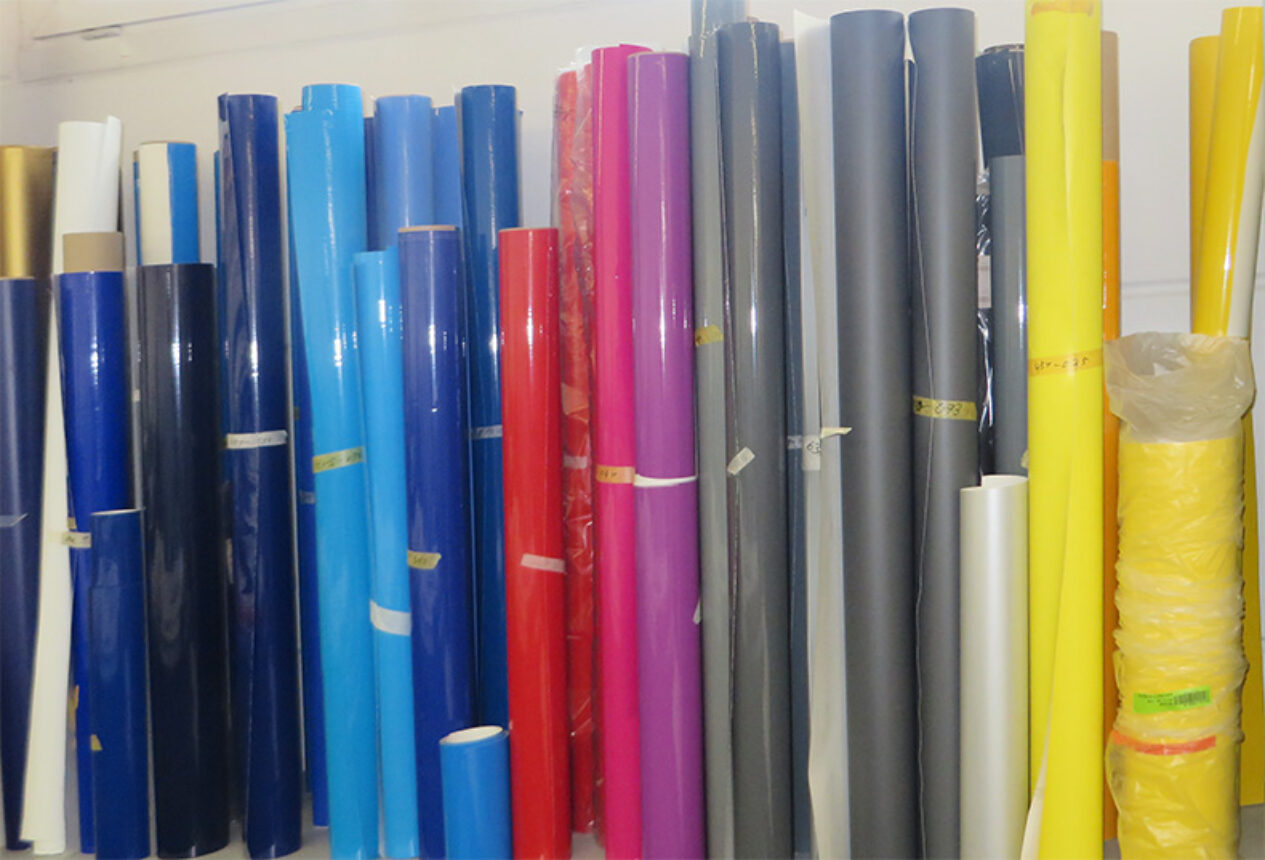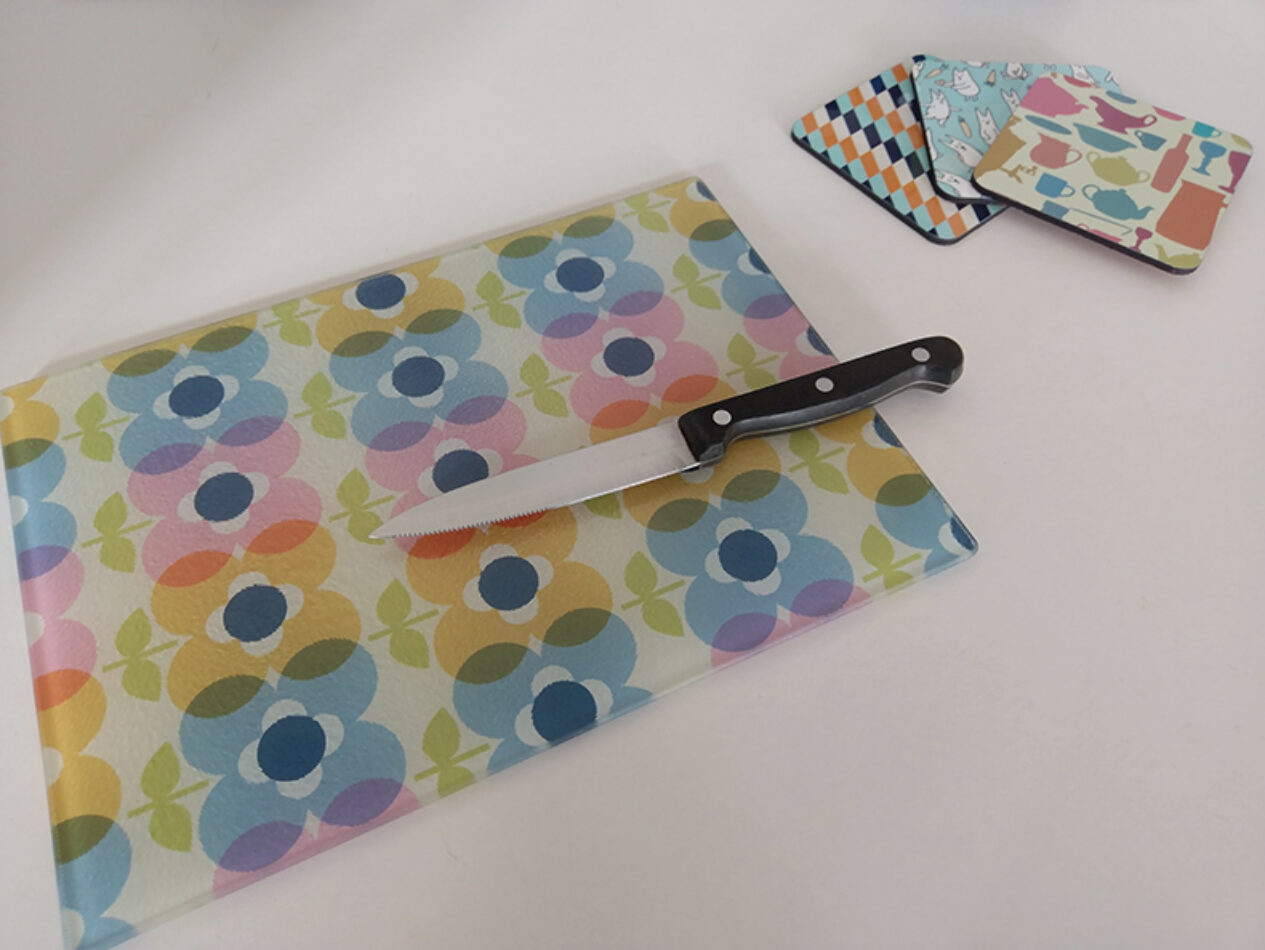There are ongoing uncertainties happening regarding COVID across many countries and this will likely impact the print industry. Sonja Angerer shares how printers have been affected by COVID and how they can secure the future of their business by adapting.
COVID-19 continues to affect most countries across the world, now in Winter several European countries are contemplating implementing restrictions and lockdowns to help reduce the spread of the virus. Although governments are hoping to mitigate the impact, the economic recovery will be slow or will not happen soon in countries that have been severely impacted.
How will this affect printers? In this article, we will look at the customers of printers and suppliers of printers. I will also suggest some methods that printers can take to secure their business.
Even with COVID-19 still relevant, car-wrapping still is in serious demand.
Image credit: S. Angerer

The customers of printers will be changed forever
In the summer of 2021, it seemed as though things would go back to normal since many high street shops, restaurants and pubs opened to the public in many countries. Unfortunately, cases have increased, and this will likely significantly impact on the printing industry. Even digital printing may be affected as the key areas of business will change much quicker than previously expected.
To determine why COVID-19 has had such a huge impact on the industry we need to look at behavioural psychology. Changing habits takes time however experts have suggested that after 3 months it becomes automatic. Regarding printed products such as business cards and flyers this is not ideal. For nearly 2 years we have gotten accustomed to receiving marketing collateral online instead of being printed on paper. It will likely be the norm going forwards.
In the last 18 months many people have restricted their physical contact with others. Many retailers and restaurants have made their services and products accessible online for their customers. The convenience of having their goods delivered to their doorstep has convinced customers the importance of buying products online.
Museums and exhibitions seem to have recovered. The new Deutsches Museum Nürnberg – Zukunftsmuseum at Nuremberg in Germany, already received about 30,000 visitors in the last 2months, despite COVID-19 related restrictions and time slots. Also, the few trade shows that occurred during the late summer and early autumn in Central Europe did better than expected. Therefore, one can assume that these areas of print business should be promising in the future.
An ongoing shortage of raw materials made some printing and sign-making substrates difficult to come by.
Image credit: S. Angerer

Raw material shortages are changing the print world
It is well known that the global disruption of supply chains had some impact on the printing substrate industry, which left many suppliers unable to provide certain products at all, or at greatly increased prices. For printers that were accustomed to ordering large quantities of substrates at a specific time, this severely impacted them. Many lost numerous customers, as they ordered with other printers who had stocked up on standard substrates in advance and were able to deliver.
To be able to stock up, printers will need to invest more in warehouses and alter their cashflow, which contributes to a profound change of business for some, especially in urban areas where footprint is very expensive.
The shortage in raw materials and microchips has impacted manufacturers, causing increased prices and significant delays in delivery. As the situation is expected to continue, printers will need to think about hardware investment during a longer period, to ensure the new machinery is ready for them when they need to stock up on capacity or replace an old one.
There are benefits to this development. The market value of second-hand machinery is likely to increase, as those printers are readily available. In addition, since updates to many printers’ popular devices have been only incremental in the last few years, it has become easier to keep and use an older device for another year, as quality and productivity are not that much different than with a current model.
COVID-19 helped increase the demand for industrial inkjet application, individualized goods and interior decoration.
Image credit: S. Angerer

How can printers adapt during COVID?
More and more medical experts believe that COVID-19 will remain in Europe for some time, likely years, while it becomes apparent, that economists were too optimistic when they predicted a substantial growth for most countries in 2021.
For printers they may need to adapt their business strategy. While some segments of the industry will probably remain unaffected such industries include museum graphics, car-wrapping, and trade shows. Others are likely to suffer longer term such as restaurant graphics, POS while some others could make a brilliant return (sign-making, outdoor advertising) or even thrive (industrial inkjet). Overall, reduced growth expectation in many areas of the print industry seem likely. Therefore, it is more important than ever to constantly review business models and look for new niches that offer new business opportunities.